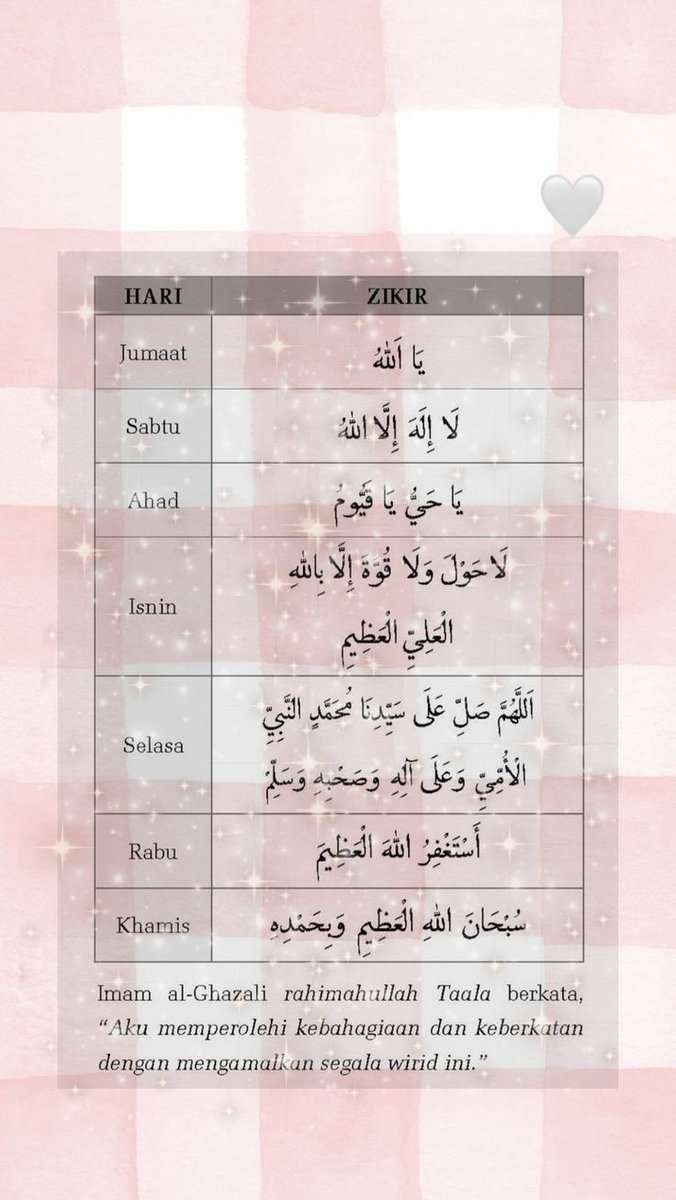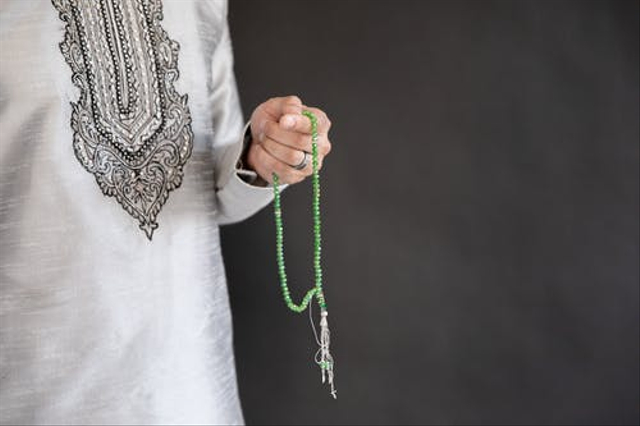

The basic doctrine of Ba ‘Alawiyya is the purification of heart through saintly life. The outward aspect follows Al-Ghazali’s practices as described in his Ihya Ulum al-Deen, while the inward aspect is similar to Shadiliyya Sufi order.

The virtues of the order is that its adherents never disclose their secrets ( sawn al-asrar) and they preserve them from uninitiated. The outward aspect of this tariqa consists of pursuing religious sciences and ritual practices while its inward aspect is the attainment of Sufi stations ( maqamat) and states ( ahwal). Like many other Sufi orders, Ba ‘Alawi order supports the doctrine of outward ( zahir) and inward ( batin). As the founding father of the Sufism in Hadhramaut, he received the title of the Qutb al-Irshad wa Ghausil al-‘Ibad Wa al-Bilad (Arabic: قطب الارشاد وغوث العباد والبلاد) of the Ba ‘Alawiyya Sufi order, which is the highest rank in Sufism Initially, the followers of Ba ‘Alawiyya functioned secretly for about five centuries Doctrines al-Muqaddam advised the descendants of the Sayyid to abandon arms and wars and instead to pursue religious and moral values. Hadhramaut during his life was torn by constant tribal fights. It is also influenced by Qadiriyya, all because the founder, Muhammad al-Faqih al-Muqaddam Rahmatullahi ‘alaih received the spiritual transmissions from them. Thus all the ‘Alawi sayyids of Hadramaut are his progeny, and his descendants has since spread far and wide to the Arabian Peninsula, India especially in northern states of Surat and Ahmadebad and along the Malabar Coasts, North and West Coast of Africa, India, and the countries of the Malay Archipelago spreading Sunni Islam of the Shafii school and the Ba’Alawi Tariqah brand of Sufism.īa ‘Alawiyya Sufi order, according to historians, is linked to Madyaniyya Sufi order. The name ‘Alawi refers to the grandson of Sayyid Ahmad al-Muhajir Rahmatullahi ‘alaih , who was the first descendant of Hazrat Husain (عليه السلام) , Prophet Sayyidina wa Mawlana Muhammad al-Mustafa Sallallahu ‘alaihi wa Sallam grandson, to be born in Hadramaut and the first to bear such a name. Although such personalities may not have political ambitions, having huge followings means that they always attract the suspicions of the caliphate. Most descendants of Prophet Sayyidina wa Mawlana Muhammad al-Mustafa Sallallahu ‘alaihi wa Sallam known as sayyids enjoyed much followings due to their steep knowledge in Islam and its teachings, both esoteric and exoteric.

In the early 4th Century Hijri at 318 H, Sayyid Ahmad al-Muhaajir bin Isa ar-Rumi bin Muhammad al-Naqib bin Ali al-Uraidhi ibn Ja’far al-Sadiq migrated from Basrah, Iraq first to Mecca and Medina, and then to Hadhramout, to avoid the chaos then prevalent in the Abbassid Caliphate, where descendants of Prophet Sayyidina wa Mawlana Muhammad al-Mustafa Sallallahu ‘alaihi wa Sallam were continuously being suspected of arson and revolt against the caliph. The name Ba’Alawi itself is a Hadhrami contraction of the terms Bani ‘Alawi or the Clan of ‘Alawi. The chain of ijazah of spiritual Sufi transmission from al-Faqih Muqaddam Sayyid Rahmatullahi ‘alaih traces back to the Prophet Sayyidina wa Mawlana Muhammad al-Mustafa Sallallahu ‘alaihi wa Sallam via Hazrat Ali (عليه السلام) and from him, his son Hazrat Husain (عليه السلام). The members of this Sufi way are mainly sayyids whose ancestors hail from the valley of Hadramaut, in the southern part of Yemen, although it is not limited to them. Hazrat Abu Madyan Rahmatullahi ‘alaih was a student of Hazrat Abdul Qadir Jilani Rahmatullahi ‘alaih, as well as one of the shaikhs in the Shadhiliya tariqa. He received his ijazah from Hazrat Abu Madyan Rahmatullahi ‘alaih in Morocco via two of his students. It was founded by Hazrat al-Faqih Muqaddam As-Sayyid Muhammad bin Ali Ba’Alawi al-Husaini Rahmatullahi ‘alaih, who died in the year 653 AH (1232 CE). The order is closely tied to the Ba’Alawi sadah family. The Ba’Alawi tariqa (Arabic: طريقة آل باعلوي), also known as the Tariqa Alawiyya is a Sufi order centered in Hadhramawt, Yemen, but now spread across the Indian Ocean rim along with the Hadhrami diaspora. Alhamdulillahi Wassalatu Wassalamu ‘ala Rasulillah


 0 kommentar(er)
0 kommentar(er)
